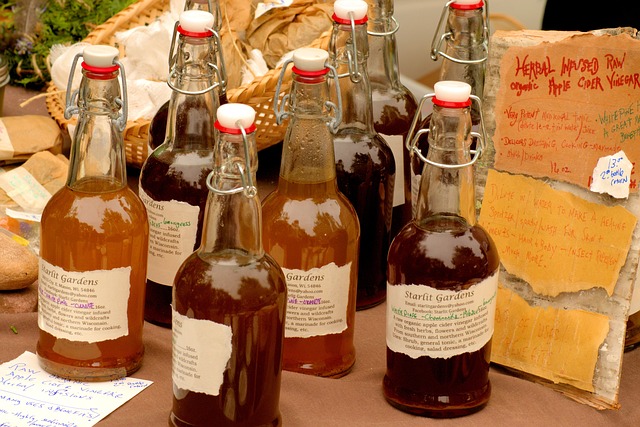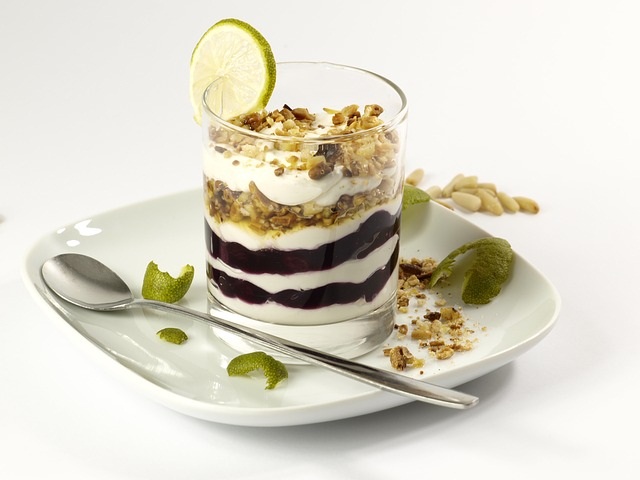Fermented Veggies – How to Make Your Own at Home
It is easy to make fermented veggies at home if you understand the science behind it.
DIY fermented veggies at home can save you from putting a considerable dent in your wallet which is good.
You will also get complete control over the ingredients as compared to store-bought versions.
There are a number of probiotic fermented veggies. Sauerkraut, kimchi, beet kvass, fermented carrots, and brine cured olives are some of the most popular to make.
Here is everything you need to know making your own fermented veggies at home.
How Are Vegetables Fermented?
Vegetables are fermented by one of the most popular types of fermentation called lacto-fermentation which is a method of food preservation that has been in use since centuries. This types of fermentation increases the nutrient content of food and in cases like fermented carrots and fermented onions, breaks down the nutrient molecules to be better digested and absorbed by the body.
The bacteria action during fermentation process makes the minerals more readily available to be absorbed by the body. The bacteria also produce certain enzymes and vitamins in the breakdown process which aids in digestion and improves gut health.
What to keep in mind in terms fermented veggies?
One thing to know is that it is important that you choose only farm fresh produce. There are many strains of bacteria that are present in the soil which latch on to vegetables like cabbage. This helps in the fermentation process because you do not have to add a bacteria starter culture.
You can ferment any vegetable depending upon your taste and preference. You can even play around with different varieties of fermented veggies and herbs to make your own signature cultured food.
How to Ferment Vegetables
Fermenting vegetables is very easy. Here’s how to do it.
Fermentation Equipment
You do not require a lot of specialized equipment. However, having the appropriate equipment can make all the difference in the end flavor. You need a decent chopping knife and the right fermenting jar – a mason jar or a specially designed fermenting jar should work great. Your priority should be finding an easy fermenter.
Make sure the fermenting jar is tall and has a wide mouth to make it easier to stuff the vegetables in it. You would also require a nonmetal packer to push the vegetables down.
Prepare Vegetables
There are several ways appropriate to different vegetables to prepare them for easy fermenter. You can chop, slice, grate or shred the vegetables. If working with small vegetables like olives or cherry tomatoes, then you can leave them whole as well before throwing them into your fermenting jars.
However, it is always recommended that you slice firm vegetables like jalapeños, grate hard and crunchy vegetables like zucchini or fermented carrots, and shred vegetables like cabbage.
Decide the Fermentation Method
You can use salt, whey or a starter culture to ferment your vegetables depending upon the vegetable you choose. The method chosen can vary depending upon special dietary requirements and your taste.
Salt is usually preferred for making fermented vegetables like kombucha or kimchi.
Add Water
You will need to add some water to make brine (salt solution) or to activate the starter culture. For best tasting fermented veggies, the water should be as free from contaminants as possible.
Consider using bottled mineral water to get an extra punch of minerals in your fermented veggies. You can even use tap water if you live in an area that has water which is neither too hard nor too soft.
Put in the Veggies
Once you have the solution ready then you need to pack the vegetables in the fermenting jar.
Make sure to pack them tightly leaving some headspace at the top. You might have to weigh the vegetables down to make sure they are completely submerged in the fermenting liquid – otherwise molding could occur.
You can buy fermentation weights that are according to the size of your jar. An inexpensive way is to use a cabbage leaf or other large vegetable pieces to keep everything down. You can also use a small ceramic dish or a glass dish that fits inside the fermenting jar such as mini jelly jars or condiment dishes. Partially fill it with water to create extra weight.
Allow the Vegetables to Culture
Culturing the vegetables can take anywhere from 24 hours to longer depending upon the temperature of the room they are fermenting in. There are three obvious signs that you can look out for to move the cultured vegetables to cold storage.
If you notice bubbling because of the gases produced by lactic acid bacteria, then you know the fermentation is done. Carbonation is normal and can be quite tasty in vegetables like zucchini or salsa.
If you left the vegetables on your counter top for a few days, then it might have a sour, vinegary aroma. The aroma should be strong, but pleasant. This is a clear indication that the vegetables are done.
If on the other hand, the vegetables smell rancid like spoiled or rotten food, then discard it immediately. Clean out the jar for a fresh batch and remember to check the fermentation a few days before.
You can even taste the fermented veggies to tell whether they are done or not. Fermentation is a continuous process until moved to cold storage. The bacteria become dormant or slow when refrigerated. The vegetables should have a tangy flavor.
Larger pieces can take more time to completely ferment than smaller cuts or shredded pieces. Ferment the vegetables until they reach the texture and flavor you prefer. Move to cold storage at this point to stop the fermentation process.
What to Do About Mold?
Each batch of fermented vegetables can turn out differently and unexpected as is the case with any culturing process.
You might open the jar to find a film on top of the vegetables. Exposure to oxygen can encourage yeast, or mold growth. However, the vegetables below the brine level should be fairly safe.
Simply scrape out the top layer using a stainless knife or a nonmetal spoon. Let the vegetables air for a few minutes and then test flavor and aroma. Make sure you do not stir the mixture before completely scraping out the top layer.
Mold is a common occurrence and can be prevented by using clean and quality products. Also, control the fermentation temperature and use the right amount of salt. Fermenting veggies can be very rewarding when you trust your instincts.




